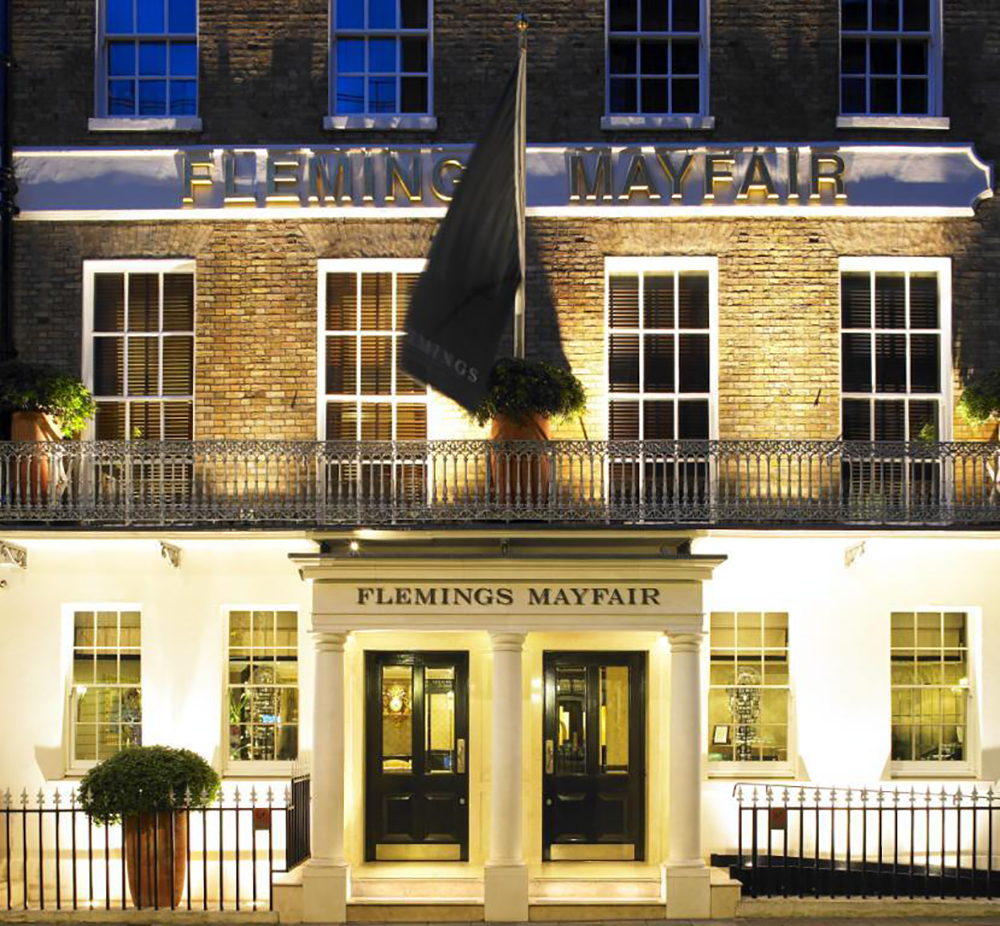Acclaimed architectural practice, ReardonSmith, has received planning consent for three London hotels – One Sloane Gardens, 22 Grosvenor Square and Flemings Mayfair.
Planning permission was obtained to transform One Sloane Gardens, a 19th Century residential property within London’s Sloane Square Conservation Area, into a luxurious 30-bedroom hotel. Created for Cadogan Estates in partnership with Jean-Louis Costes, visionary of the original Hôtel Costes in Paris, and celebrated French interior designer François-Joseph Graf, the hotel will enjoy a rooftop extension encompassing a fine dining restaurant, a ground-level coffee shop and, on the lower ground floor, a bar.
With the longevity of the building in mind, ReardonSmith has designed a façade retention scheme. A mansard roof extension will be in keeping with the existing architectural style and accentuated by a copper cupola.
ReardonSmith will also be lead architect in the conversion of a listed Edwardian office building on Grosvenor Square, as well as an adjacent property in Lees Place. The scheme also includes a 120-cover Parisian style brasserie and a private members club and bar.
22 Grosvenor Square will be a high-end, 30-key boutique hotel that will act as a social and cultural hub for local residents and visitors alike. By means of sensitive extensions and subtle interventions, the new hotel will enjoy the latest in-room amenities and technologies whilst sitting comfortably with the luxury streetscape of London’s Mayfair.
Lastly, ReardonSmith has secured planning and listed building consents for a series of exterior and interior enhancements at Flemings Mayfair hotel. An improved entrance experience at the Half Moon Street aspect will include a streamlined drop-off and collection point for taxis as well as a gated smoking terrace with outdoor seating. From Clarges Street, a new lower ground entrance into the hotel’s restaurant will be framed by a portico designed to match the current building, with access facilitated by a new staircase.
Composed of a series of circa 1730 townhouses which were converted into Flemings in 1851, the hotel is noted for its combination of Georgian external architecture and contemporary internal design. During the renovation, the hotel will also benefit from internal works that will bring the property up to current standards, including new decoration, furnishings and fittings.



